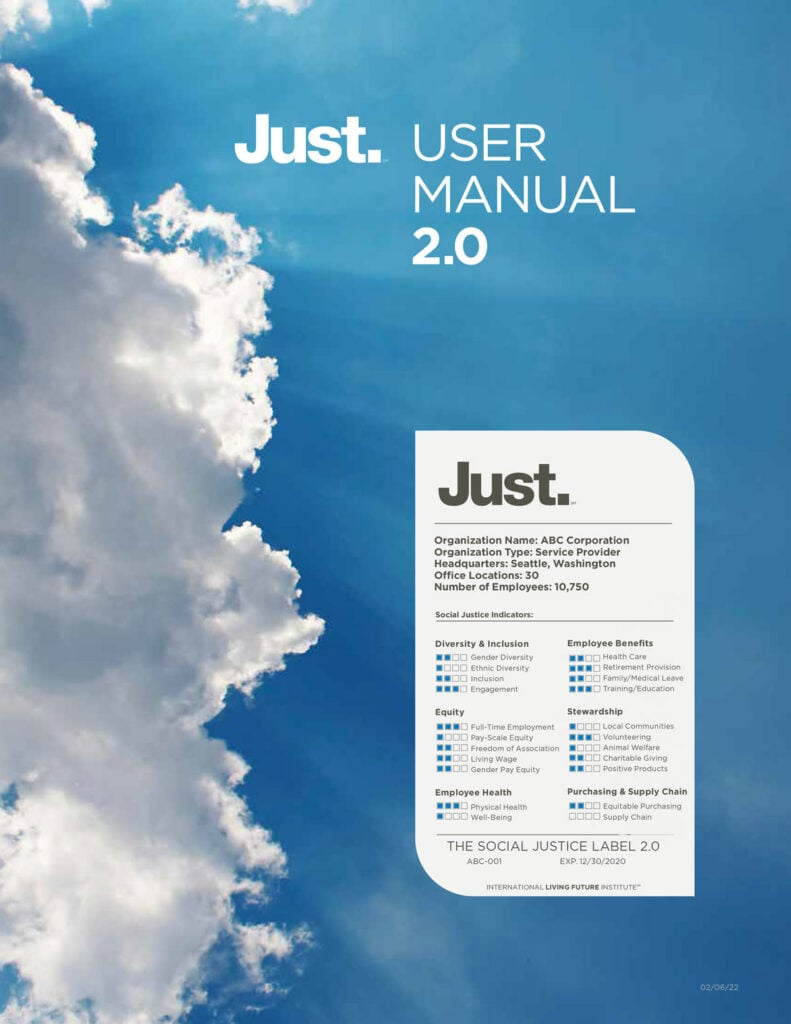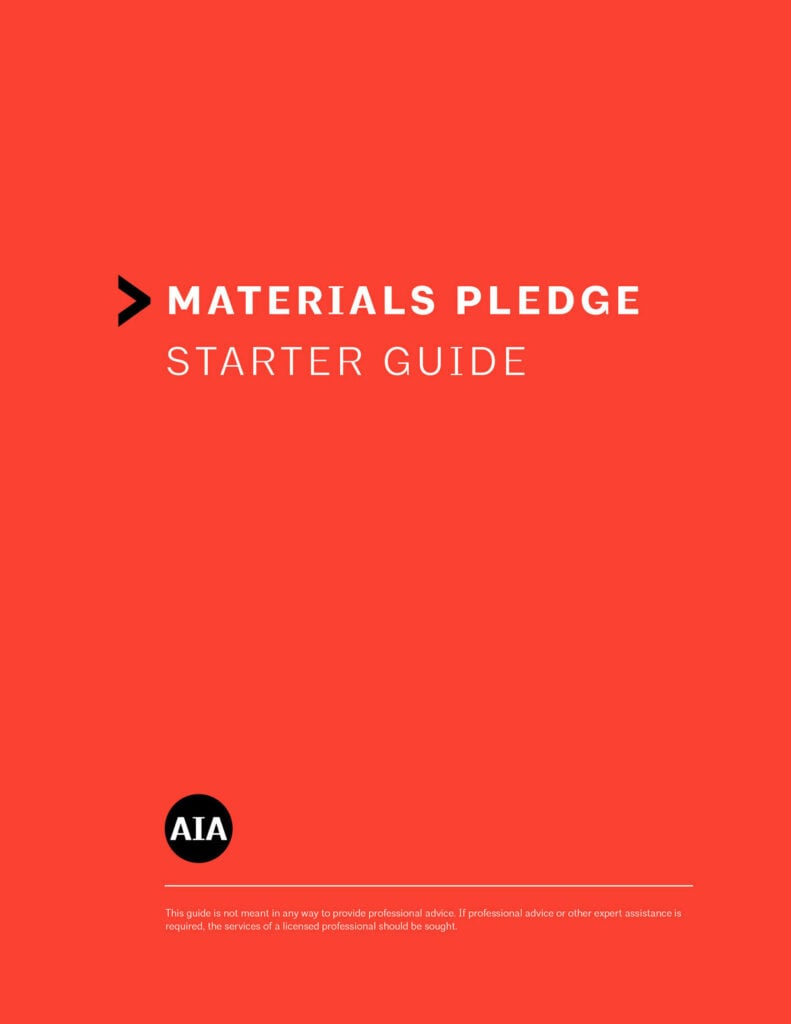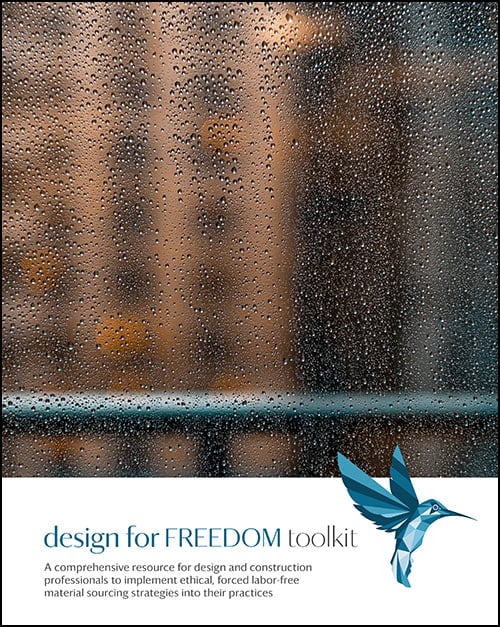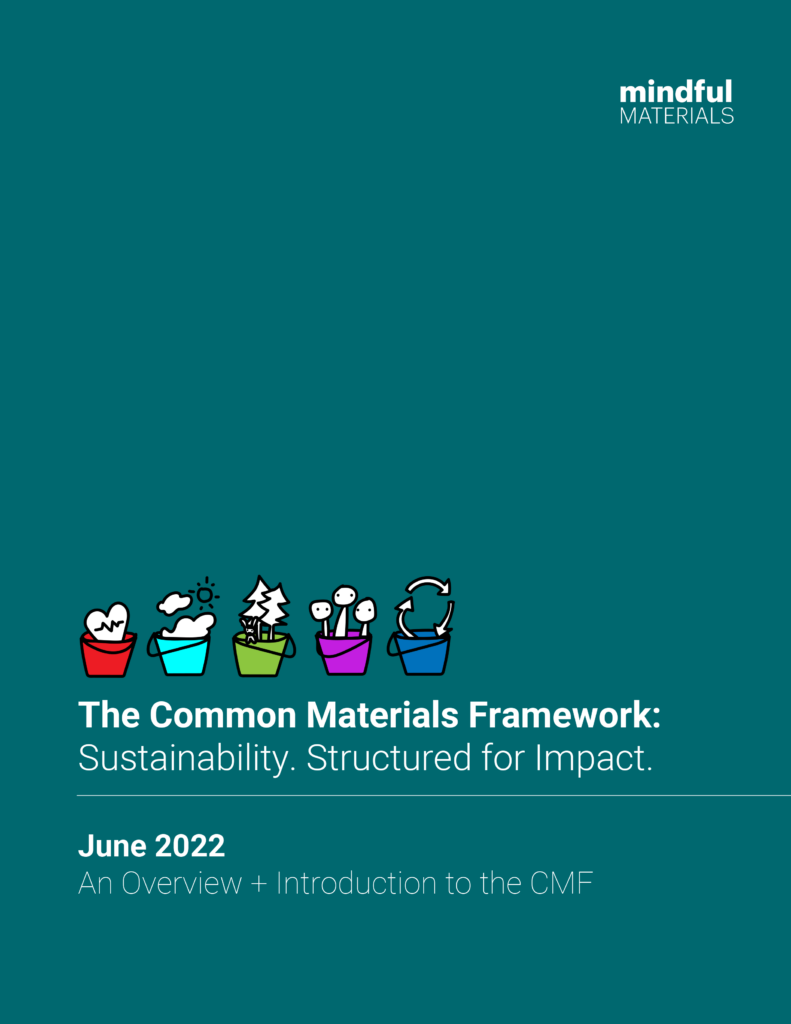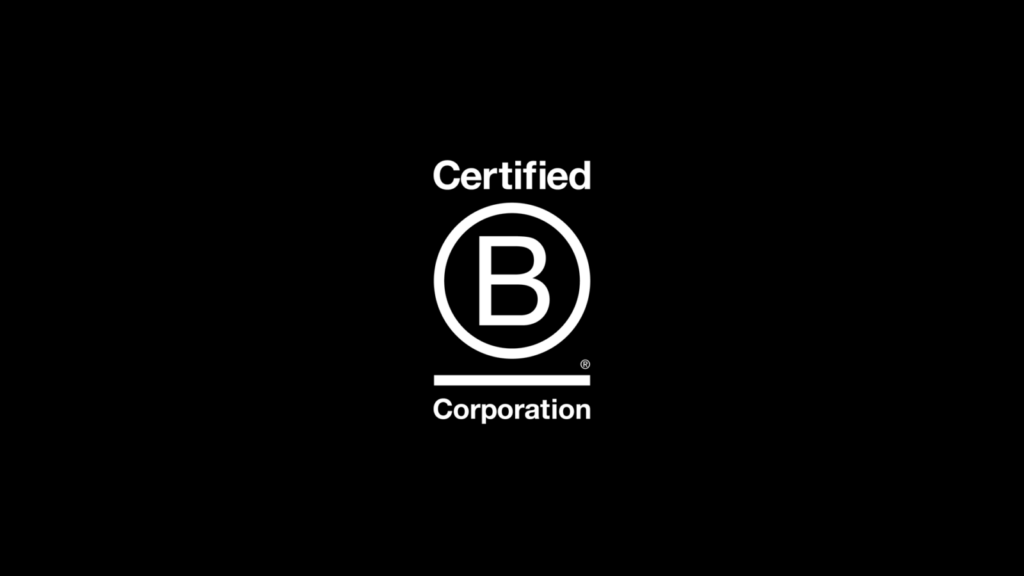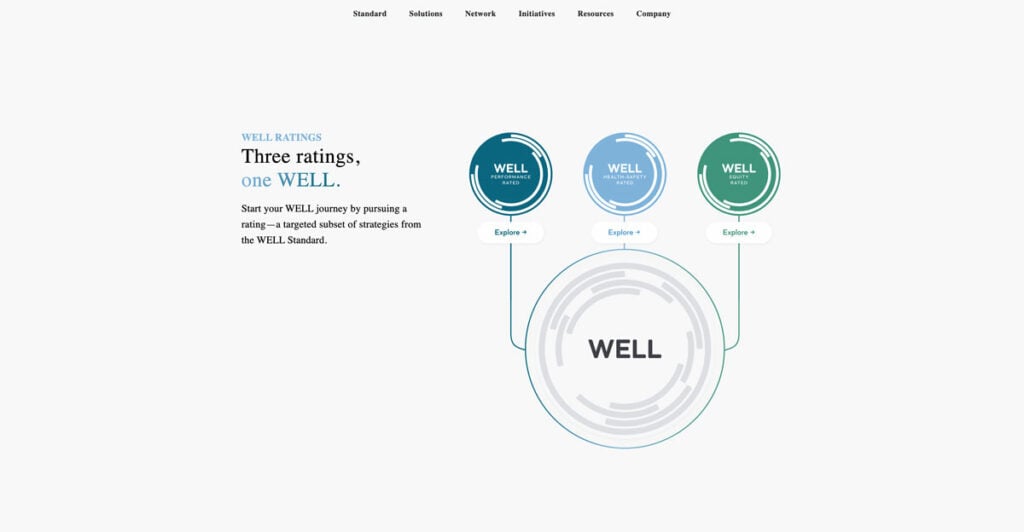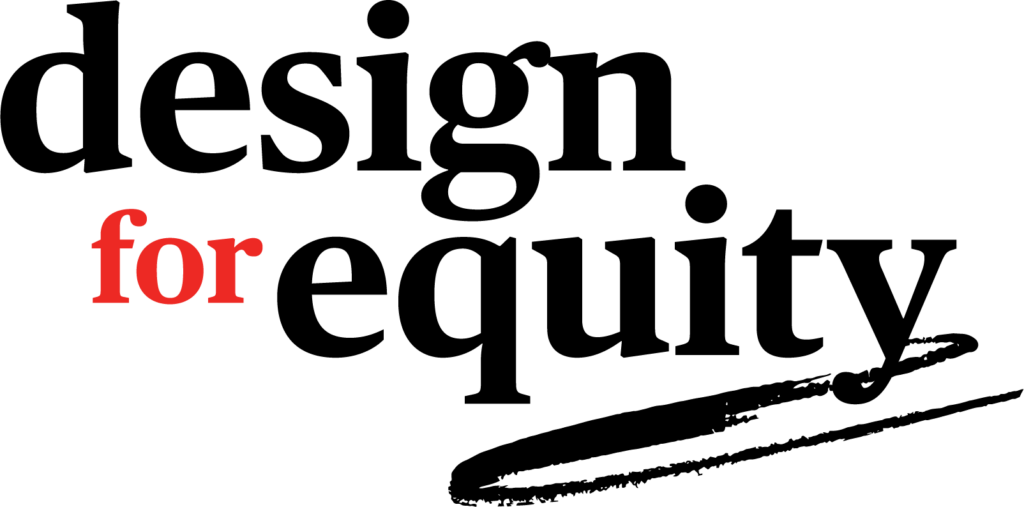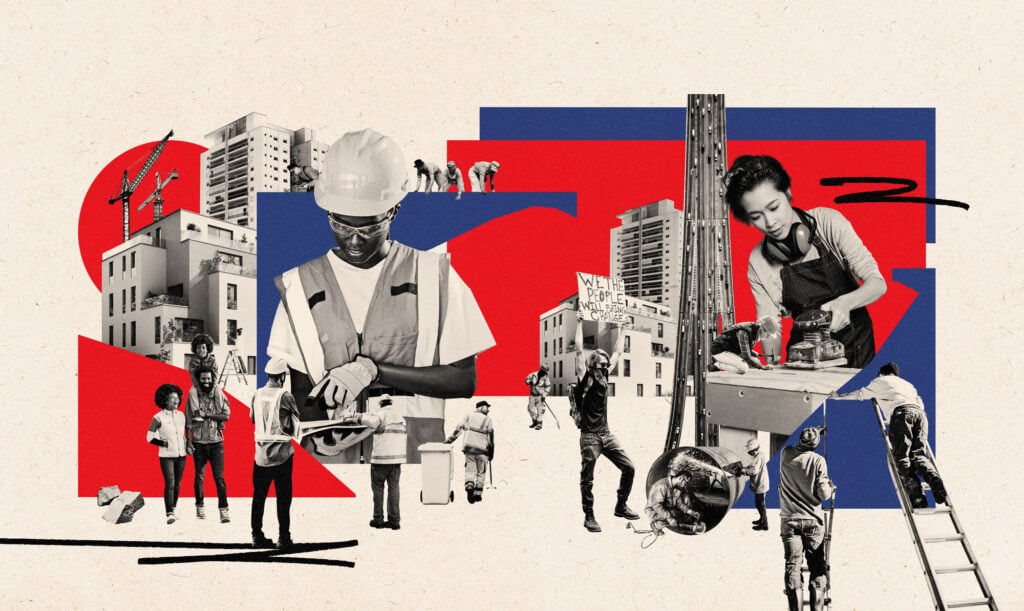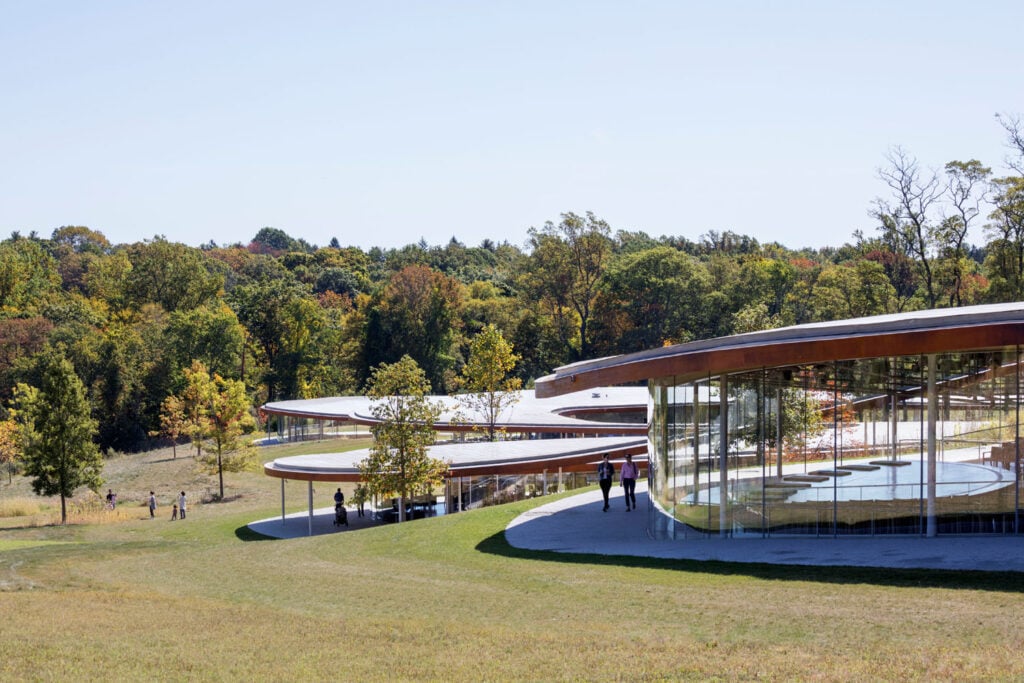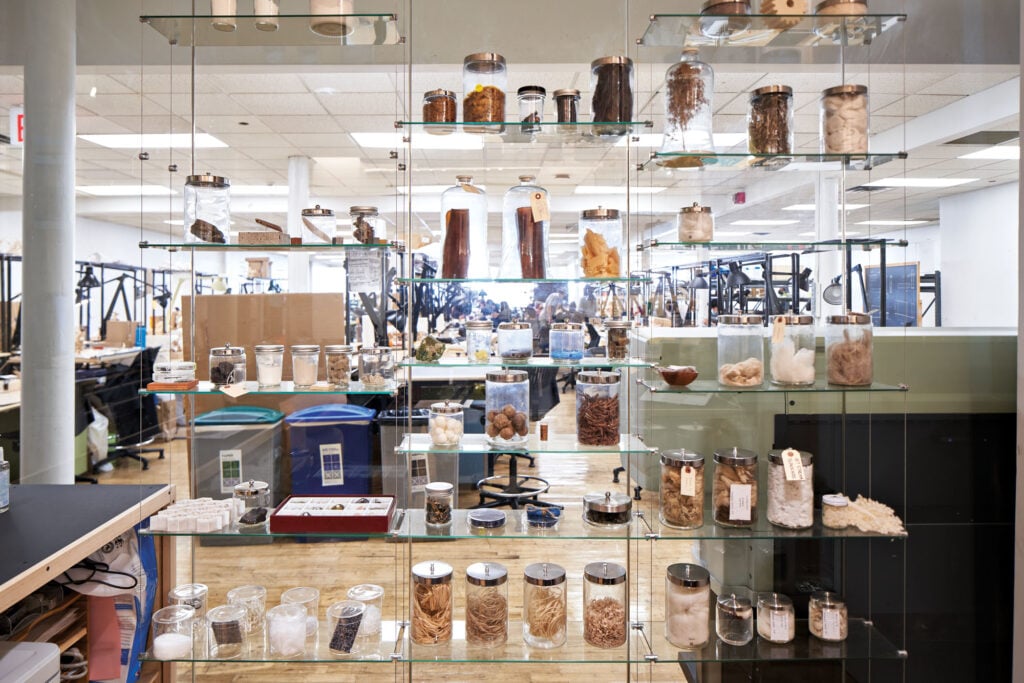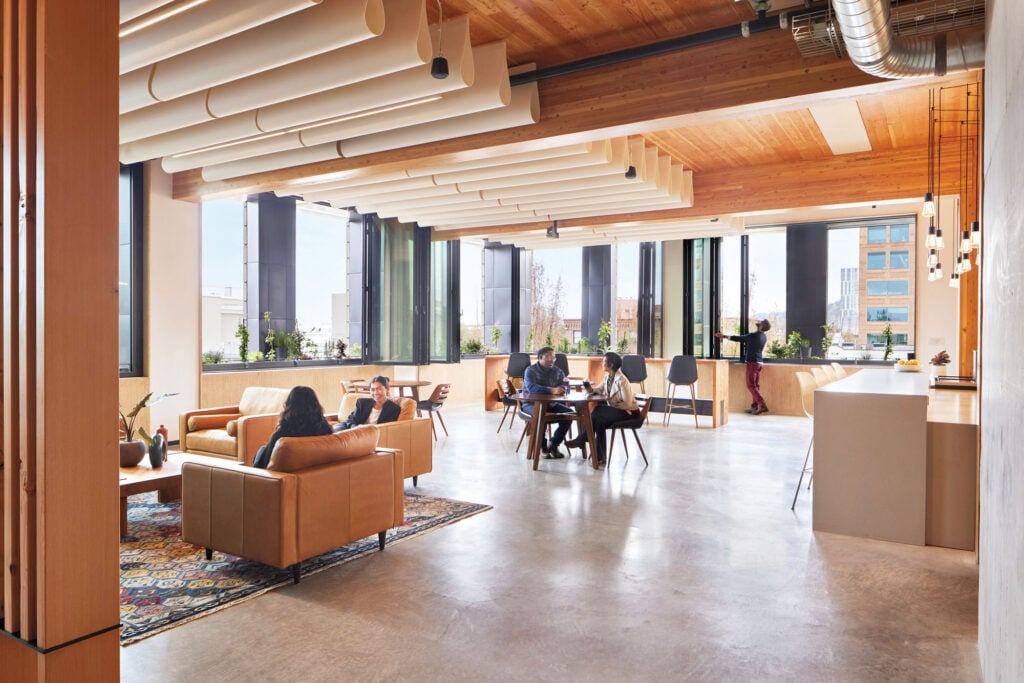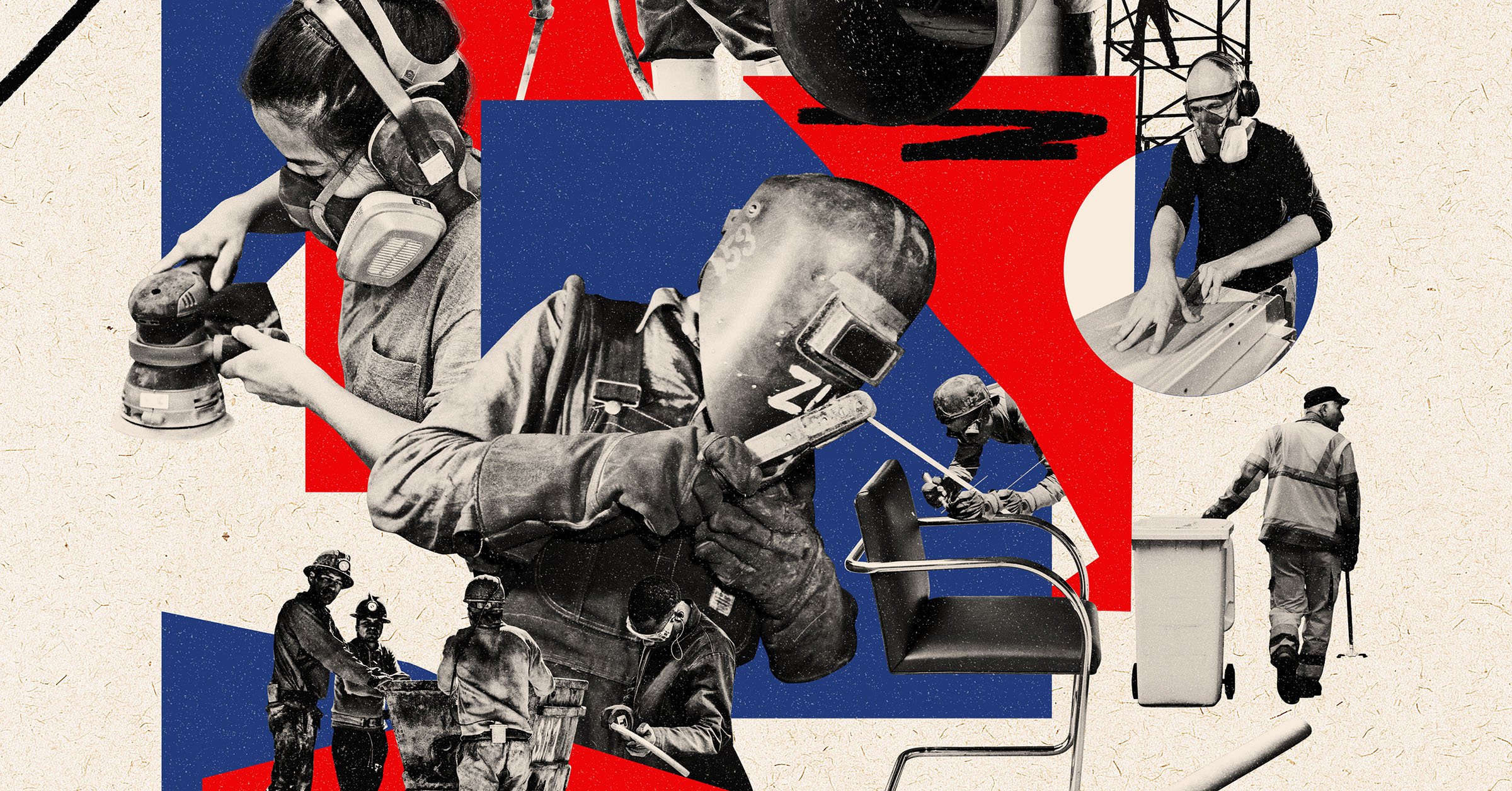
The Best Tools for Equity in Architecture and Design Supply Chains
Architecture and design are inherently collaborative undertakings, reliant on teams of construction workers to build buildings, factories and global supply networks to manufacture products and extract raw materials, not to mention the armies of consultants and collaborative design firms involved in most large projects today. Because no design is produced alone, architects and designers committed to building justice, equity, diversity, and inclusion (JEDI) into their projects must inevitably look beyond the practices and composition of their own firm or design team and partner with vendors and suppliers that support their equity goals.
When specifying products or selecting materials, designers must ask questions such as: “Is the company behind this product a good actor?”, “Is the material supply chain free of forced labor?”, “What are the impacts of this product’s production on the ecosystems and communities where it is produced?”, “Do the companies we work with compensate their workers fairly?”
To get a fully picture of the supply chain of every product on a case-by-case basis, or investigate every subcontractor’s labor force is a truly enormous task, but to move the design industry toward equity its necessary to reward good actors and move away from supply chains and suppliers that may allow practices like deforestation, forced labor, child labor, and wage theft to continue. Fortunately, a bevy of tools, product certifications, and standards already exist and are being expanded and refined every day. The seven resources below can help architects and designers understand the importance of equity in vendors and supply chains and make the task of selecting partners that support equity easier.
Scroll down for a list of resources or consult the full Metropolis Design for Equity Primer.
Organization: International Living Future Institute
Type: Voluntary disclosure program
Launched by the International Living Future Institute (ILFI) in 2019, JUST 2.0 is a tool that invites organizations and companies to share how they treat their employees and where they make financial and community investments with potential customers, clients, and partners. It’s described by the ILFI as a “nutrition label” that can help organizations working towards becoming more equitable and ethical hold themselves accountable and give potential customers or partners an idea of who they are doing business with.
JUST requires participating organizations to make disclosures in the areas of Diversity and Inclusion, Equity, Employee Health, Employee Benefits, Stewardship, and Purchasing and Supply Chain. Performance in each area is measured against benchmarks and recognized at one of four levels with the aim of creating transparency and accountability. Detailed information on participating organizations’ performance can be found in a public database managed by ILFI.
“The JUST Label calls for organizations to demonstrate a commitment to the creation and maintenance of a racially and ethnically diverse workplace. The goal is for organizations to have a workforce that is at least as diverse as the community in which it is located. Organizations that have a highly inclusive culture and policies are more likely to attract and retain a diverse workforce.”
Organization: American Institute of Architects
Type: Pledge
The AIA Materials Pledge offers architects a framework for asking questions about where their building materials come from and how the material selection choices they make impact human health, social equity, ecosystems, climate, and circularity. The pledge encourages architects to ask more of their material suppliers and to commit to more intentional product specification, preferring those that do less harm over those that pollute, are not recyclable, or may be made with unjust labor practices.
A good starting point for architects or designers who want to understand how materials specification impacts equity and how they can make small, but impactful changes in their practice, the AIA Materials Pledge is loaded with exercises, reading materials, and other resources.
“Materials toxicity affects environmental justice of “fenceline” communities living near manufacturing site. Those manufacturing sites often disproportionately affect Black, Indigenous, and People of Color (BIPOC) with little recourse against bad offenders. As demand for better materials optimizes out toxics, neighboring communities will have healthier outcomes.”
Organizations: Grace Farms Foundation, AIA New York, Buro Happold, Carlton Fields, Extravega, Ford Foundation, FX Collaborative, Gensler, HermanMiller, MASS, Paratus, Pentagram, Pratt, PRI, Sciame, SHoP, Silman, Slade Architecture, SO-IL, Thomson Reuters, University of Maryland Department of Geographical Sciences, Weitzman School of Design at the University of Pennsylvania, UrbanWorks, WXY, Yale School of Architecture, Verite
Type: Toolkit
Design for Freedom, an initiative of the Grace Farms Foundation launched its toolkit in 2022, following on the heels of its Design for Freedom Report, which brought attention to the fact that forced labor and modern slavery are prevalent in the supply chains of many common building materials. Around the world products such as bricks, copper, glass, timber, and important minerals are extracted and produced using forced or slave labor. The Toolkit highlights the materials most at risk and offers strategies for designers to specify ethically produced materials as well as a questionnaire for material suppliers and information about relevant certifications and standards.
“Brick is one of the most used at-risk materials. Children and adults producing bricks are often held in debt bondage and breathe hazardous dust all day.”
mindfulMATERIALS Common Materials Framework
Organizations: mindfulMATERIALS, Brightworks Sustainability, AIA, Hightower, Perkins&Will, Ewing Cole, ASID, ZGF, Gensler, SFIL, Hellmuth + Bicknese Architects
Type: Tool
The Common Materials Framework, developed by mindfulMATERIALS is a meta-analysis of every major material standard, certification, and label in the built environment (over 100 of them). It identifies over 650 individual sustainability factors and groups them into five buckets: human health, social equity, ecosystems, climate, and circularity in order to create a common structure that any designer, architect, manufacturer, or anyone working in the built environment can use to find standards relevant to their work. MindfulMATERIALS is currently working on digitizing the Common Materials Framework so specifiers can use it as an advanced filtering tool to better inform their specification decisions and find products that support their sustainability and equity goals.
Organization: B Lab
Type: Corporate Certification
B Corp Certification, managed by the B Lab organization, aims to measure the complete social and environmental impact of a company. The certification looks at aspects of a business’s performance from employee benefits and charitable giving to supply chain practices and raw materials. B Corp–certified companies have demonstrated high social and environmental performance, made legal commitments and changed their corporate governance structure to be accountable to all stakeholders, not only shareholders and achieve benefit corporation status. Information about a B Corp’s performance must be measured against B Lab’s standards and is publicly available on the B Lab website.
“What percent of management is from underrepresented populations? (This includes women, minority/previously excluded populations, people with disabilities, and/or people living in low-income communities.)”
Forest Stewardship Council Certification
Organization: Forest Stewardship Council
Type: Certification
Forest Stewardship Council (FSC) Forest Management Certification lets consumers or specifiers know that forest products are originating from a forest or part of a forest that meets 10 principles and 57 criteria pertaining to legality, social justice, and environmental impact. These principles include: abiding by local laws, the establishment of legally-defined use rights, respecting the rights of indigenous peoples, enhancing the economic and social wellbeing of forest workers and their communities, ensuring the long-term economic and environmental viability of a forest, conserving biological diversity and ecological function, ongoing monitoring and assessment of forest health, maintaining high conservation value forests, and operating forest plantations in a way that supports the restoration and conservation of natural forests. Another certification from FSC, the Chain of Custody Certification traces the path of those forest products though the supply chain verifying that FSC-certified products are identified and kept separate from non-certified products.
“The Chain-of-Custody process ensures the consumer that the FSC-certified products they purchase are coming from responsibly managed sources. For a consumer to purchase an FSC-certified product, every company that previously had ownership of the forest product material components of the end product would have had to be FSC certified.”
Organization: International WELL Building Institute
Type: Certification
The WELL Building Standard primarily measures, certifies and monitors buildings’ impact on human health and wellbeing, but one of its guiding principles is the quality of being equitable—built to benefit “especially disadvantaged and vulnerable populations,” in the words of its administrator the International Well Building Institute (IWBI). To clarify that link between issues of health and those around equity, the WELL rating system is being expanding in 2023 with a new seal specifically for equity. There are few better architects’ can find a workable standard for equity than in an established system clients already understand and respect.
“Informed by WELL Building Standards and more than 600 scientists, practitioners, and experts, the WELL seal. . .is a visible indication of confidence and trust. WELL seals communicate to everyone entering a space that evidence-based measures and best practices have been adopted and third-party verified.”
Room for Improvement:
Supporting Disadvantaged, Minority-owned, Women-owned, and Small Business Enterprises
80 percent of construction workers in the United States identified as white and male in 2020. Diversifying and including more underrepresented communities among contractors, sub-contractors, and vendors can help distribute the economic benefits of design and construction more equitably and justly.
Currently, many state and municipal bodies encourage minimum representation of Disadvantaged, Minority-Owned, Women-Owned, Emerging Small Businesses, Service Disabled Veterans Business Enterprises (D/M/W/ESB/SDVBE) in projects above a certain budget. For example, New York State’s Office of General Services “encourages the participation of minorities and women in its procurement and building construction projects. Per Executive Law, Article 15-A, construction contracts in excess of $100,000 and consultant contracts in excess of $25,000 contain affirmative action requirements for the use of certified MWBEs as subcontractors and suppliers.”
However, many challenges remain in diversifying the pool of contractors, sub-contractors and vendors:
- There is no reliable resource to identify such minority-owned, women-owned and disadvantaged businesses.
- The criteria for working with these vendors and contractors are often not equitable themselves. For example, 60-day payment terms might be challenging for small businesses. They may struggle to meet insurance requirements which are geared towards larger contractors. They also typically have more limited capacity to iterate and prototype on projects, and they have a hard time dealing with project fluctuations.
- Certain organizations exploit WMBE requirements on projects. Anecdotally, architects have seen instances of corruption—putting business in women’s name, even if they aren’t the actual leaders, for example. The lack of accountability casts a shadow on the effectiveness of programs to support minority-owned, women-owned, and disadvantaged businesses.
- WMBE or other such diversity requirements that are set within a local context can fail their purpose within global contracting and supply chains. For example, requirements for BIPOC representation may not be as relevant in China, where the oppressed minority groups are different. In product and manufacturing supply chains in particular, diversity criteria must be flexible enough to support underrepresented communities in the area where the vendor’s manufacturing or assembly actually occurs.
Architecture and design firms, A&D professional associations, product manufacturers, and contractors need to come together to adequately address these challenges and find ways to support clients in diversifying vendors and supply chains.
Explore the entire Design for Equity Primer here.
The Metropolis Design for Equity Primer was produced in partnership with Humanscale, Mohawk, and Wolf-Gordon, with the participation of Cannon Design, Gensler, Highgate, HKS, HOK, JLL, Perkins&Will, Salesforce, SmithGroup, and ZGF.
Additional Resources
Further Reading
Viewpoints
A New Concept for Good Architecture: Embodied Justice
As the social justice movement thrives and the concept of embodied carbon shifts the climate conversation, architects and designers are reexamining the deep impact of their work.
Viewpoints
Grace Farms Takes Aim at Modern Slavery in the Building Industry
The foundation’s Design for Freedom report and initiative aim to raise awareness about forced labor in material supply chains and construction.
Profiles
The Healthy Materials Lab Is Redefining Sustainable Design
At Parsons School of Design, Alison Mears and Jonsara Ruth created a program to address links between human health and toxic building materials.
Would you like to comment on this article? Send your thoughts to: [email protected]
Latest
Projects
5 Buildings that Pushed Sustainable Design Forward in 2022
These schools and office buildings raised the bar for low-carbon design, employing strategies such as mass-timber construction, passive ventilation, and onsite renewable energy generation.
Projects
The Royal Park Canvas Hotel Pushes the Limits of Mass Timber
Mitsubishi Jisho Design has introduced a hybrid concrete and timber hotel to downtown Hokkaido.
Profiles
Meet the 4 New Design Talents Who Made a Mark This Year
From product design to landscape architecture and everything in between, these were the up-and-coming design practices making a splash in 2022.



